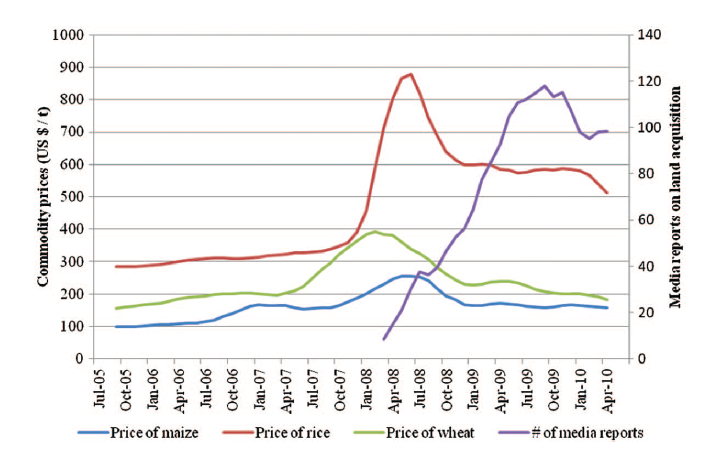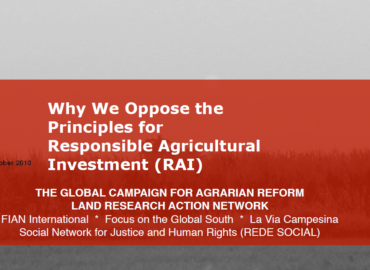Despite recent headlines about the ‘land rush’, scant empirical evidence implies that the debate is often theoretical and dominated by preconceived notions. To provide evidence that could better inform the debate, this paper focuses on three areas. First,we find that new land demand, which skyrocketed after the 2007/08 commodity price spike, remained at high levels, with a strong focus on Africa, and often countries with weak land rights protection. Some countries transferred large areas to investors, frequently locals, with limited benefits and in many cases negative impact due to weak processes and limited capacity. Second, complementing the focus on demand with an assessment of agro-climatic potential point towards major scope for productivity increase on currently cultivated areas and allows identification of countries where demand for land expansion may concentrate. Finally,comparative analysis of country policies highlights the need for recognition of existing rights, an emphasis on voluntary transfers, transparency, and thorough review of economic, social, and environmental viability as necessary—though by no means sufficient conditions to reduce the likelihood of negative impacts.
Author: Klaus Deininger
Published by: The Journal of Peasant Studies (2011)
Challenges-posed-by-the-new-wave-of-farmland-investment_KlausDeininger


